Disclaimer: This article does not reflect the views and/or opinions of my employer. These views and opinions are strictly my own.
It’s no secret that many US airlines are up in arms about the possible violation of the Open Skies Agreement by gulf carriers like Qatar, Etihad, and Emirates. You may have seen Ben write about the lengths advocacy groups will go to further their agendas.
I recently stumbled upon a report by the Partnership for Open & Fair Skies (“POFS”), a coalition of US airlines and unions fighting back against the “illegal subsidies” they claim come from Middle East countries to national airlines. I thought some of the details were a bit odd and lacking in detail. Full disclosure, I’ve never taken an ME3 flight and have never been to the Middle East.
My Commentary
The report stated that Qatar Airways disclosed a $700 million loss in FY2017 and $500 million in Qatari government subsidies. After reading the rest, I found myself saying “that’s a reach”, “prove it”, and “how do you know?” a whole bunch of times so I figured why not provide you all with my paragraph-by-paragraph commentary.
…Despite this massive cash infusion, Qatar Airways suffered a $703 million operating loss in fiscal year 2017, a significant deterioration from its $358 million operating loss in the previous fiscal year.
My first issue with this is that POFS doesn’t link to their independent findings report so I can’t say definitively where they get their numbers from, but I can take a guess. The accountants hired by POFS essentially took all of the profits and expenses that they though were illegitimate or government funded and backed them out/added them in to get to the $703m and $358m number. Without proof and the full breakdown, it’s hard to take this as fact.
VERDICT: INDETERMINABLE
In its annual financial report, Qatar Airways claimed that it generated profits of approximately $540 million during the fiscal year, which ended on March 31, 2017. However, a closer review of its financial statements reveals that the airline suffered substantial operating losses. Its report includes the following sources of profit received from the Qatar government and unrelated to the airline:
- The government granted a subsidy to the airline in the form of monopoly rights to operate a duty free and liquor sales business, for which the airline reported $298 million in net profit.
- The airline reported $37 million related to hotel operations, also granted by the government.
- And, it included $591 million in gains from the sales of property, plant and equipment. Because these transactions are thinly disclosed in the financial reports, the sources and parties to the transactions are unknown, but most likely include the government.
The likely story here is that the POFS is drawing on pre-conceived, biased notions with these assertions despite having no concrete evidence. However, the fact that there is some ambiguity in the numbers reported certainly lends some credibility to POFS’ point that the ME3 is not transparent.
VERDICT: INDETERMINABLE
Without these sources of income attributed to Qatar Airways by the government and after appropriately reflecting general and administrative expenses as a cost of operations…
POFS is accusing Qatar of not reflecting G&A expenses in their calculation of net profit. Below is a screenshot from the most recent audited financial statements of Qatar Airways showing the G&A expenses:
VERDICT: FALSE
The latest $491 million cash infusion is further proof of massive, market-distorting subsidies – a violation of the Open Skies agreement between the U.S. and Qatar.
When doing the research for this post I decided to reach out to Gary at View from the Wing as he has written extensively on this topic. As expected, Gary delivered unparalleled insight. He pointed out that the US-Qatar Open Skies Agreement does not outlaw subsidies and, in fact, only mentions the word once, but only “…to raise the possibility of government involvement only when ‘prices that are artificially low due to direct or indirect governmental subsidy or support.'” Are prices artificially low? You be the judge:
VERDICT: FALSE
Conclusion
Don’t believe everything you read, folks! Trust me, if having the ME3 fly to and from the US is proving to be a raw deal for the country, this administration would have already kicked them to the curb.




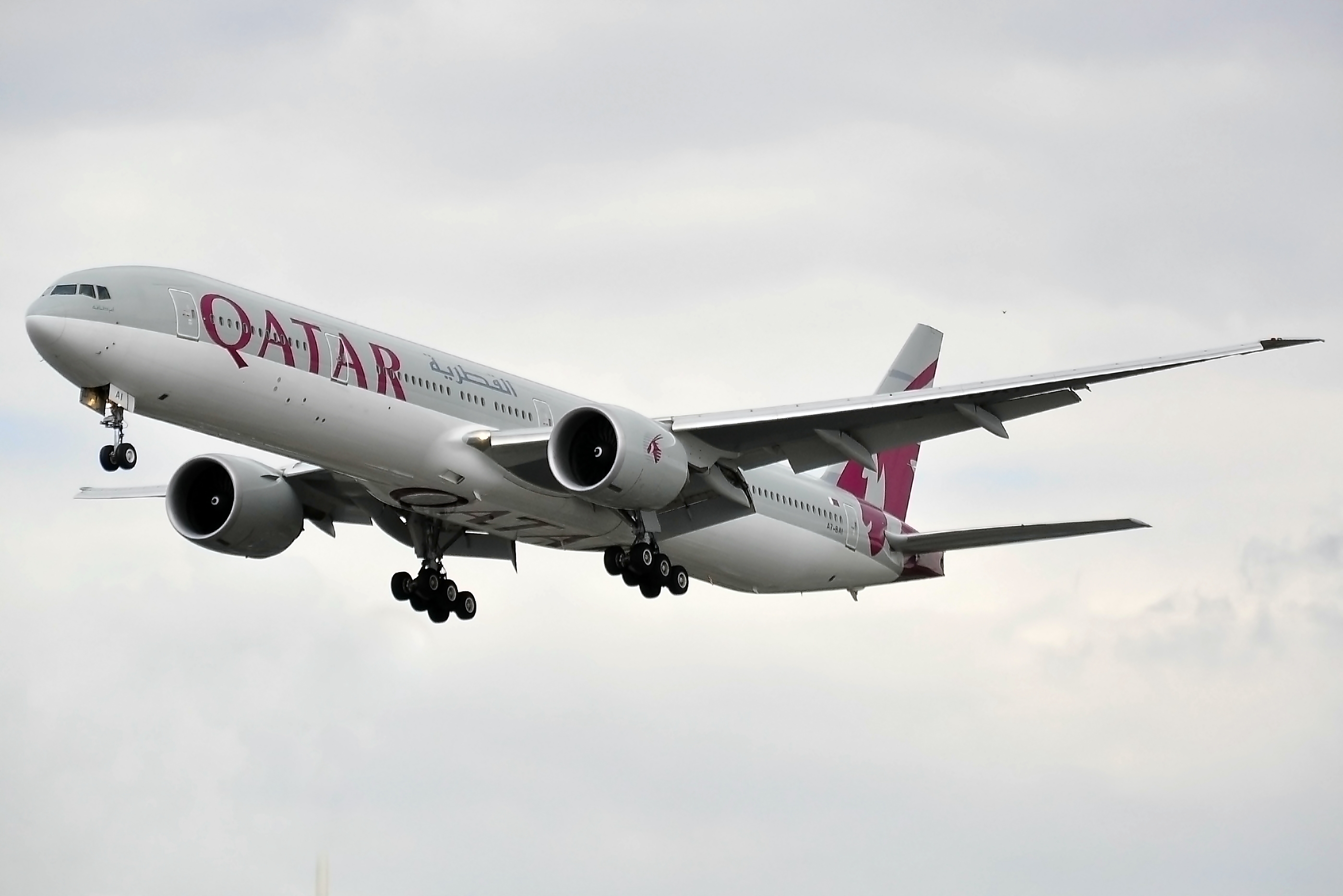


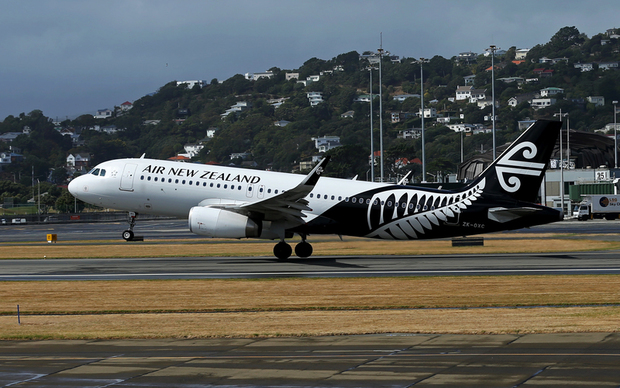


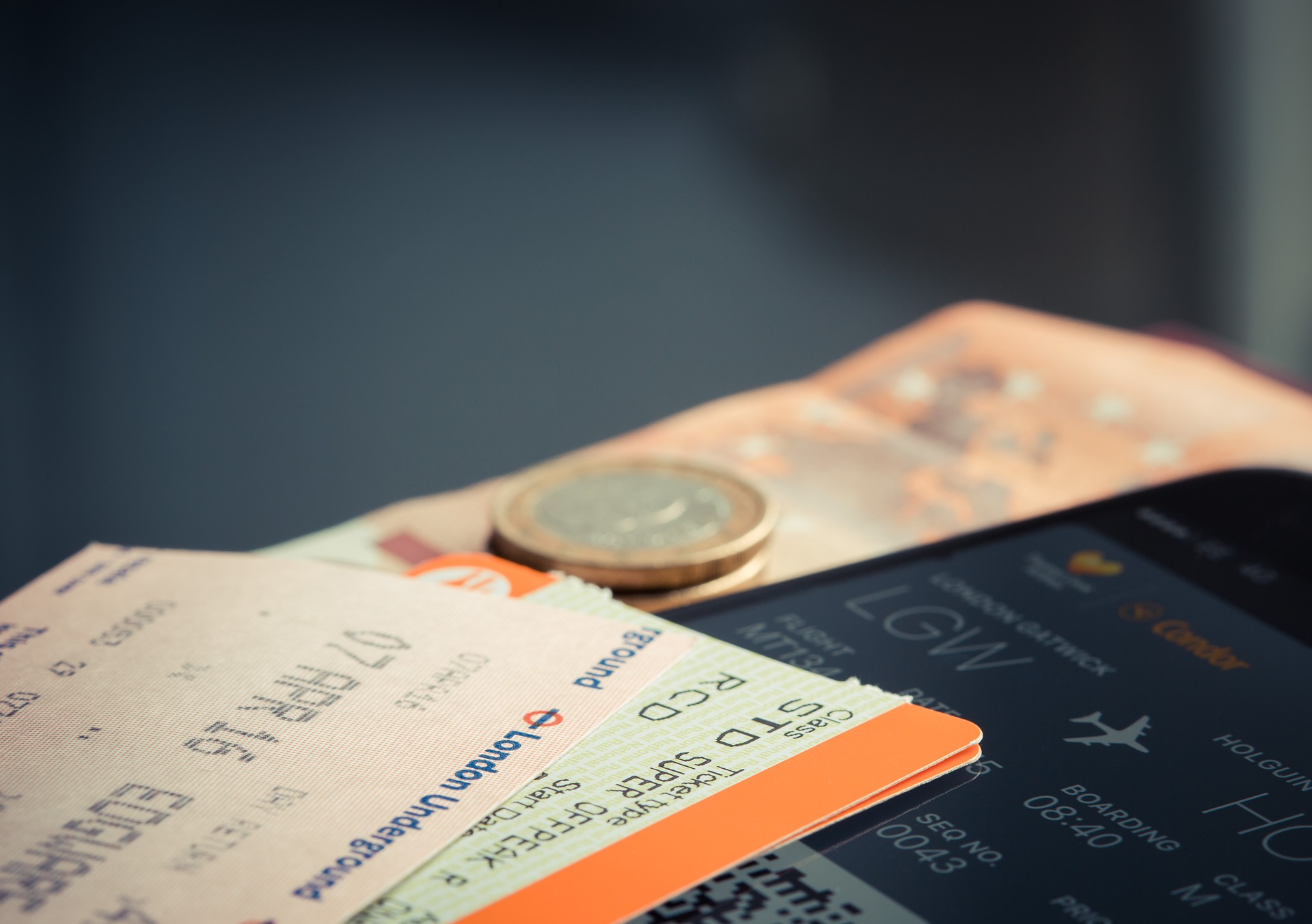
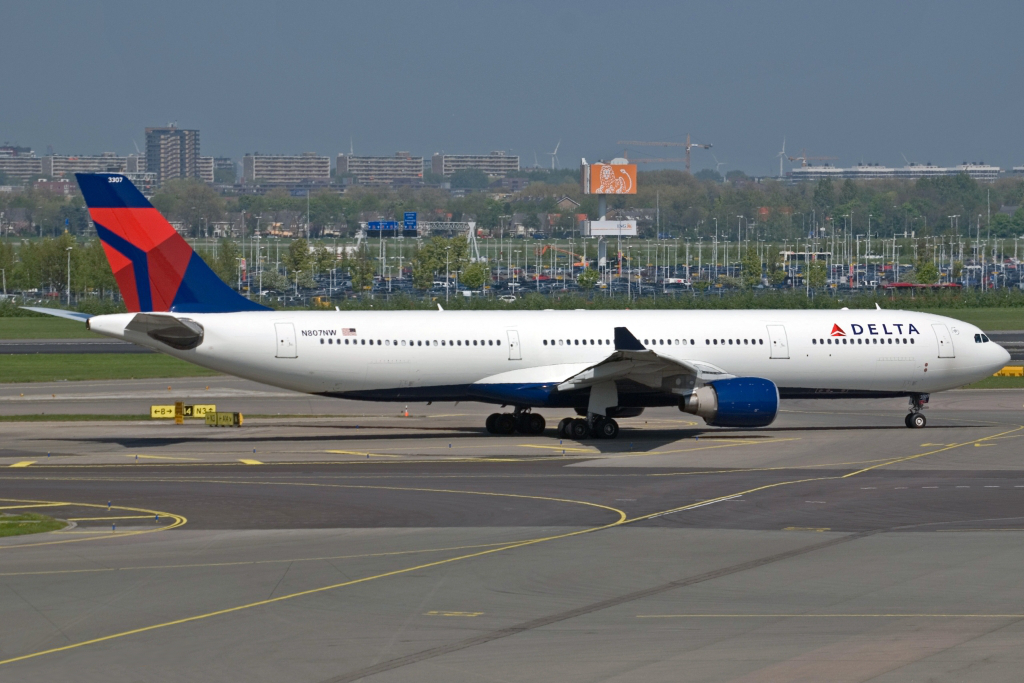
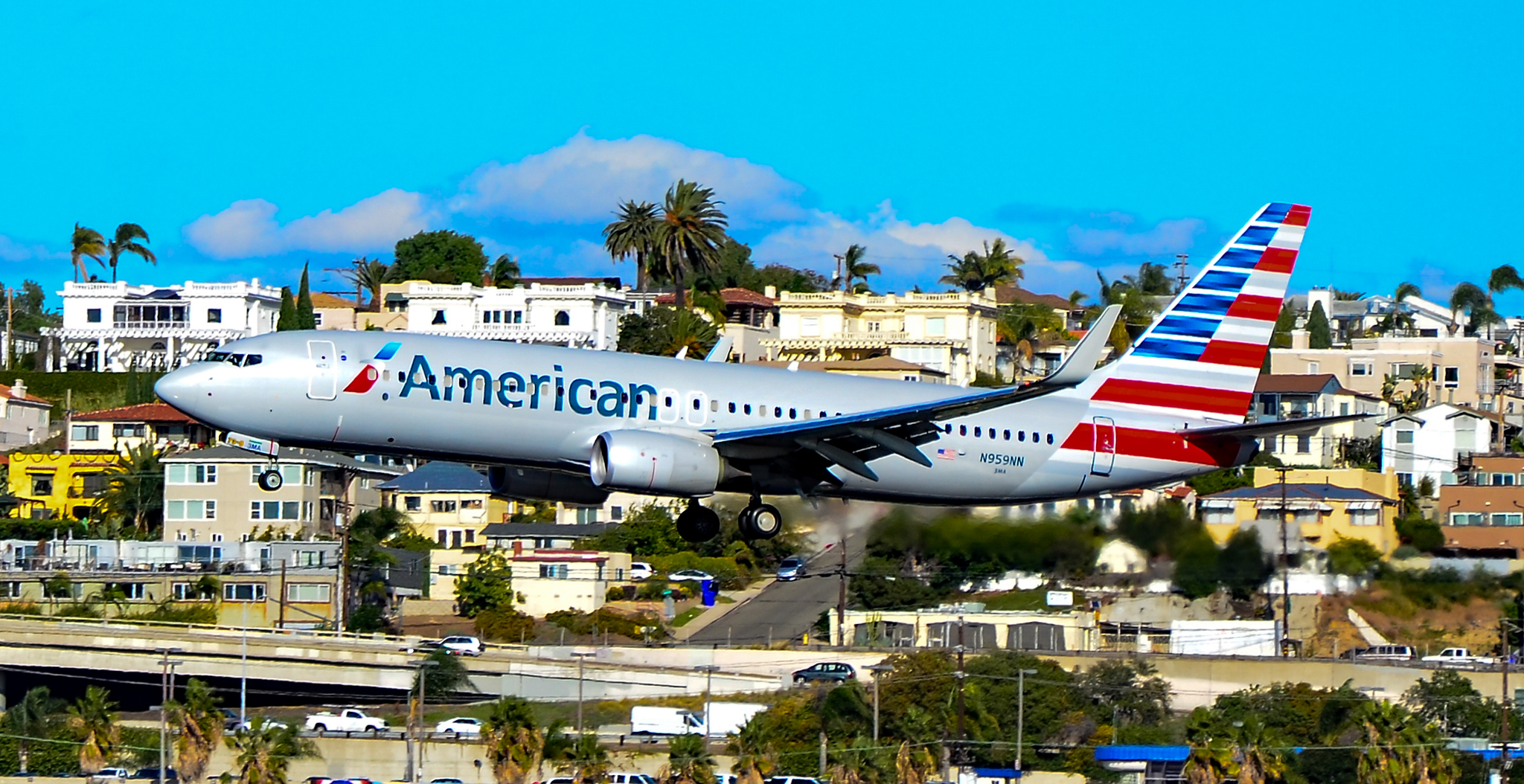
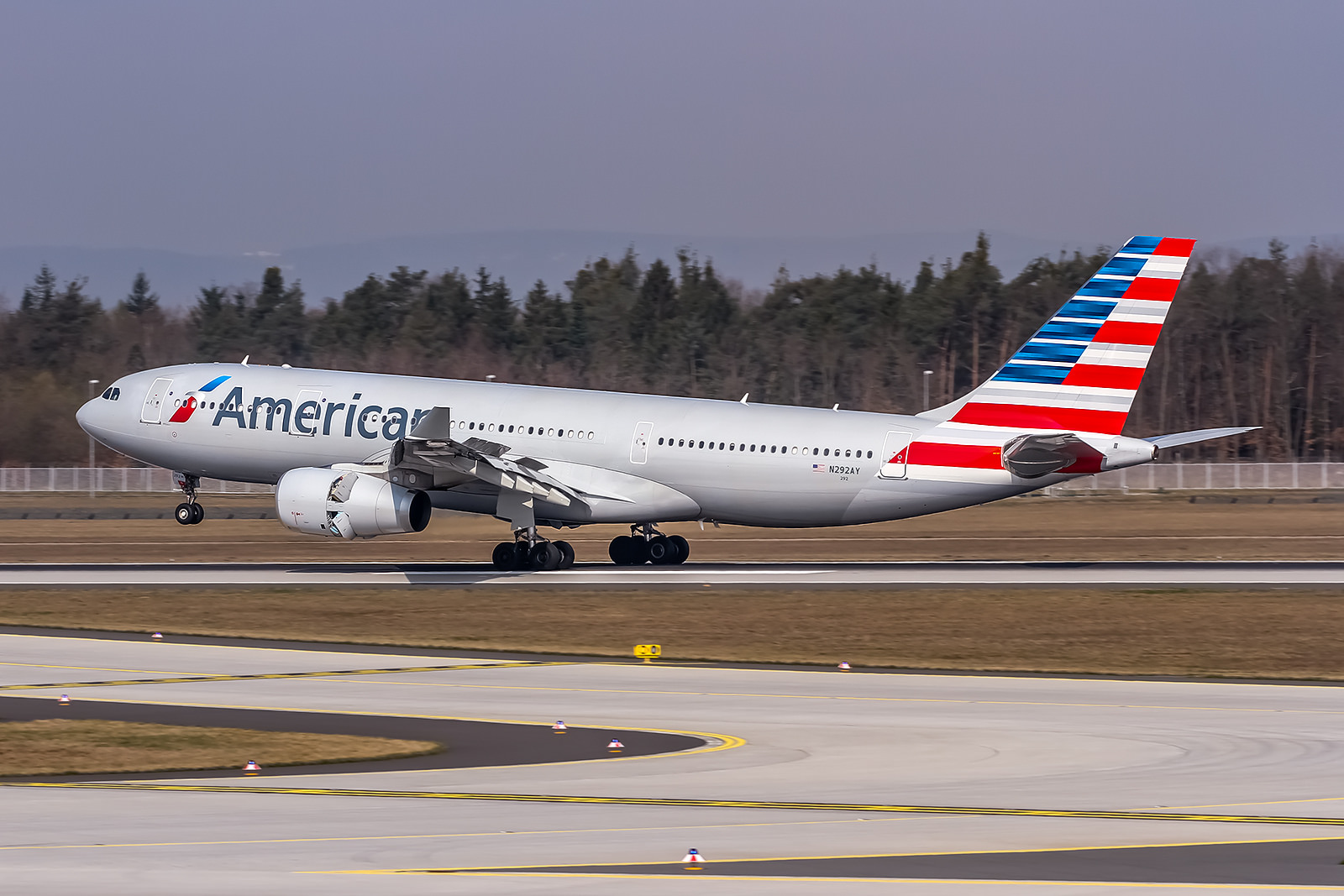
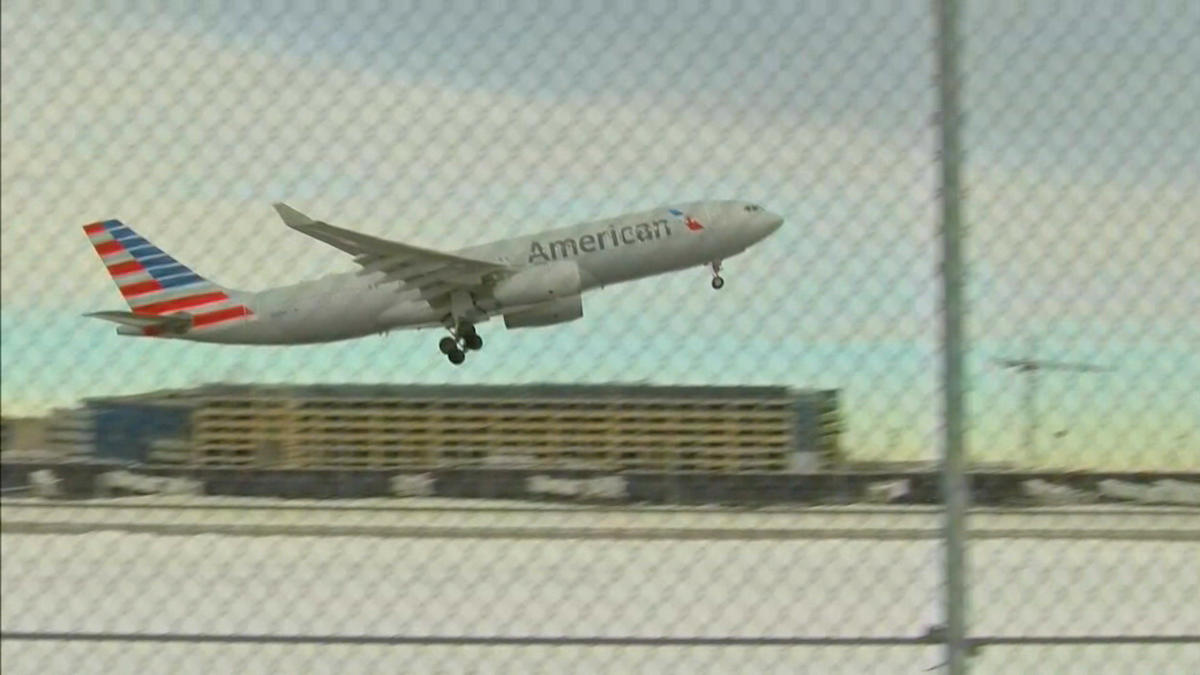
Sorry, I still get a chuckle every time I see POFS. I initially misunderstood the acronym to mean Piece Of… You can guess the rest. That said, these blatantly false accusations only bring discredit on the accusers. It’s rather sad, really.
Haha! I could see how that’s the case — but they bring it upon themselves. Hard to believe actual publicly-traded US airlines are linked with this group.